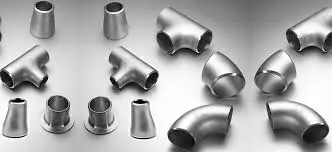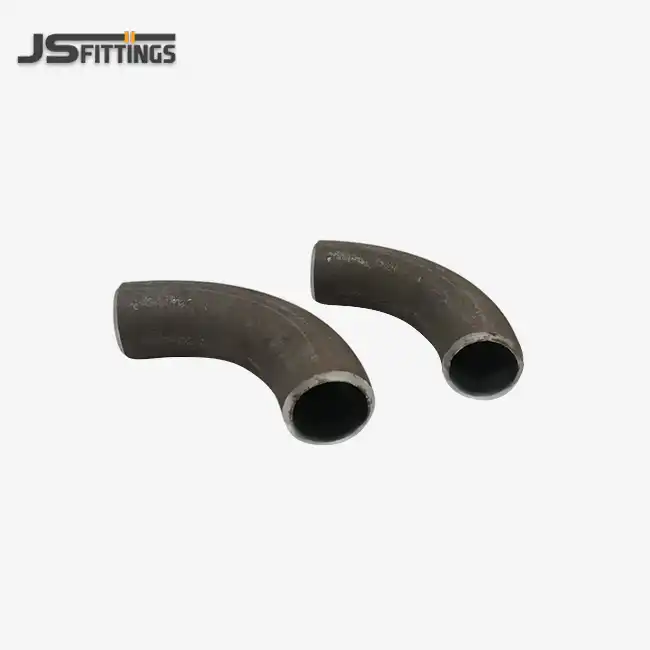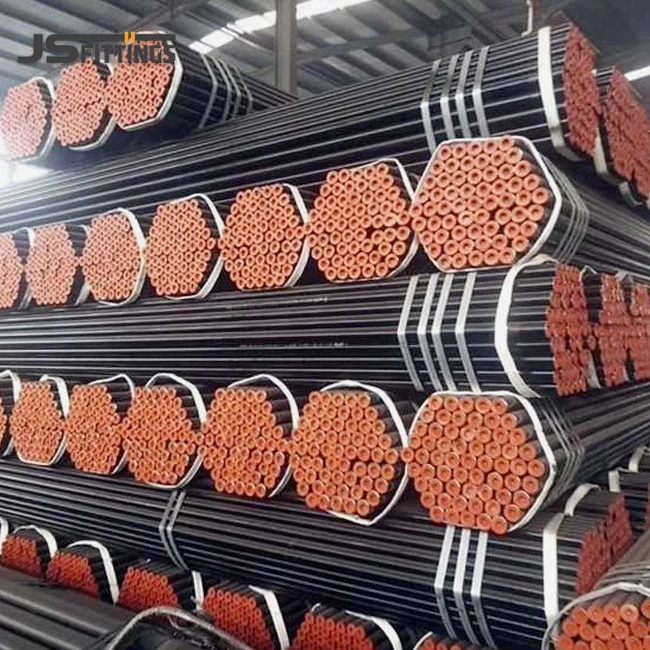- English
- French
- German
- Portuguese
- Spanish
- Russian
- Japanese
- Korean
- Arabic
- Greek
- German
- Turkish
- Italian
- Danish
- Romanian
- Indonesian
- Czech
- Afrikaans
- Swedish
- Polish
- Basque
- Catalan
- Esperanto
- Hindi
- Lao
- Albanian
- Amharic
- Armenian
- Azerbaijani
- Belarusian
- Bengali
- Bosnian
- Bulgarian
- Cebuano
- Chichewa
- Corsican
- Croatian
- Dutch
- Estonian
- Filipino
- Finnish
- Frisian
- Galician
- Georgian
- Gujarati
- Haitian
- Hausa
- Hawaiian
- Hebrew
- Hmong
- Hungarian
- Icelandic
- Igbo
- Javanese
- Kannada
- Kazakh
- Khmer
- Kurdish
- Kyrgyz
- Latin
- Latvian
- Lithuanian
- Luxembou..
- Macedonian
- Malagasy
- Malay
- Malayalam
- Maltese
- Maori
- Marathi
- Mongolian
- Burmese
- Nepali
- Norwegian
- Pashto
- Persian
- Punjabi
- Serbian
- Sesotho
- Sinhala
- Slovak
- Slovenian
- Somali
- Samoan
- Scots Gaelic
- Shona
- Sindhi
- Sundanese
- Swahili
- Tajik
- Tamil
- Telugu
- Thai
- Ukrainian
- Urdu
- Uzbek
- Vietnamese
- Welsh
- Xhosa
- Yiddish
- Yoruba
- Zulu
Best Practices & Applications for Butt Welding?
In the business world, butt welding is one of the most important ways to join pipes together. For the best results, it must be done just right and follow all the rules. This welding technology makes strong, permanent connections between pipe sections and fittings that stay strong even in tough situations. When implementing butt welding techniques with Butt Weld Pipe Fittings, engineers must consider preparation procedures, welding parameters,Th quality control measures, and post-weld treatments. If you know these simple steps, you can successfully install the system in a number of different areas while still following international standards and making sure that the system will work reliably even in tough circumstances.

Essential Preparation and Installation Techniques
Pre-Welding Surface Preparation Requirements
Proper surface preparation forms the foundation of successful butt welding operations with Butt Weld Pipe Fittings, directly influencing joint quality and long-term performance. The first step in getting ready is to clean all of the joining surfaces very well to get rid of mill scale, rust, oil, moisture, and other things that might weaken the weld. Mechanical cleaning methods including grinding, wire brushing, or sandblasting ensure optimal surface conditions for penetration and fusion. The beveling process requires precise angle preparation, typically 30-35 degrees for carbon steel applications, creating proper root opening and groove geometry. Surface inspection using visual examination and non-destructive testing methods verifies cleanliness standards before welding commences. Additionally, proper fit-up procedures ensure correct alignment, gap dimensions, and backing arrangements essential for complete penetration and uniform heat distribution throughout the joint cross-section.
Welding Parameter Optimization and Control
Achieving consistent, high-quality results with Butt Weld Pipe Fittings demands careful optimization of welding parameters including current, voltage, travel speed, and shielding gas composition. Arc length control maintains stable penetration characteristics while preventing excessive heat input that could cause distortion or metallurgical degradation. Multi-pass welding for thicker sections needs precise interpass temperature adjustments to make sure that the grain structure and mechanical qualities develop correctly. Electrode selection must align with base material chemistry, with E7018 electrodes commonly specified for carbon steel applications requiring superior toughness and crack resistance. Preheating requirements vary based on material thickness, ambient temperature, and carbon content, typically ranging from 200-400°F for carbon steel materials. Automated systems that monitor welding parameters in real time make sure that the quality stays the same and save records of the process variables for quality assurance and future reference.
Post-Weld Treatment and Quality Verification
Post-weld treatment procedures significantly impact the final properties and performance of Butt Weld Pipe Fittings installations in critical applications. Controlled cooling rates prevent rapid thermal changes that could induce residual stresses or microstructural defects affecting joint reliability. Stress relief heat treatment, when required by applicable codes, involves heating to specific temperatures followed by controlled cooling to minimize residual stresses and improve dimensional stability. Visual inspection is the main way to check quality. It checks for cracks in the surface, problems with the shape, and measures that are within the allowed range. Non-destructive testing methods including radiographic examination, ultrasonic testing, and magnetic particle inspection verify internal soundness and detect potential defects not visible through surface examination. Comprehensive documentation including welding procedure specifications, welder qualifications, and inspection records ensures traceability and compliance with project quality requirements throughout the installation lifecycle.
Industry-Specific Applications and Standards Compliance
Oil and Gas Pipeline Installation Requirements
Installing Butt Weld Pipe Fittings in the oil and gas sector is difficult because it requires particular methods and strict quality requirements to make sure they work safely and reliably. API 1104 sets the specifications for pipeline welding operations, which must include precise rules for girth welding, branch connections, and repair methods. Environmental factors including temperature extremes, soil conditions, and corrosive atmospheres influence material selection and welding procedure development. Hydrogen-induced cracking prevention requires careful moisture control, low-hydrogen electrodes, and appropriate preheat/interpass temperature maintenance throughout the welding process. High-pressure applications demand full penetration joints with proven mechanical properties validated through destructive testing programs. Quality control measures include 100% radiographic examination for critical applications, ensuring complete fusion and absence of volumetric defects that could compromise system integrity under operational stresses.
Power Generation and Utility Applications
Power generation facilities utilize Butt Weld Pipe Fittings in high-temperature, high-pressure steam systems requiring exceptional reliability and longevity. Section I of the ASME Boiler and Pressure Vessel Code sets rules for welding methods for power boiler applications. It also lists the tests and skills that must be passed. Creep-resistant materials and specialist welding processes deal with the problems that come up while working at high temperatures for extended periods of time, when the strength of the materials starts to break down. To avoid fatigue failures at welded connections, you need to carefully think about where to put expansion joints, how to build supports, and how to analyze stress. Post-weld heat treatment procedures follow prescribed time-temperature cycles to optimize microstructure and relieve residual stresses that could accelerate creep damage mechanisms. Quality assurance procedures require a lot of paperwork, regular inspections while the equipment is in use, and assessments of how much longer the equipment can be used safely.
Chemical Processing and Petrochemical Systems
Installing Butt Weld Pipe Fittings in chemical processing settings is difficult because they need unique materials and methods to deal with harsh media and avoid early failure. Alloys that don't rust and particular surface treatments make things work better in chemical situations that are acidic, alkaline, or very hot. Welding procedure specifications must address specific metallurgical requirements including heat-affected zone properties, sensitization prevention, and corrosion resistance maintenance. ASME B31.3 and other process piping regulations provide strict rules for the design, materials, construction, and testing of chemical plant piping systems. Specialized inspection techniques including positive material identification, ferrite measurement, and corrosion testing verify material properties and weld quality. During scheduled and unexpected maintenance activities at these important processing facilities, emergency repair processes and temporary installation techniques make sure that operations continue while safety requirements are maintained.
Advanced Quality Control and Testing Methodologies
Non-Destructive Testing Implementation
Comprehensive non-destructive testing programs ensure the structural integrity of Butt Weld Pipe Fittings installations while avoiding costly and time-consuming destructive testing methods. Radiographic testing gives a deep look within the weld quality, showing problems including porosity, inclusion, absence of fusion, and cracks that can't be seen with the naked eye. You can use ultrasound to find flaws, find out what size something is, and measure how thick it is. This is especially useful for checks that are done while the machine is still running. Using magnetic particle tests to find surface and near-surface imperfections in ferromagnetic materials is a quick and accurate way to check for places where stress can build up in weld toes. Liquid penetrant testing finds faults on the surface of both ferromagnetic and non-ferromagnetic materials. It is quite sensitive for finding cracks. Advanced techniques including phased array ultrasonics and digital radiography enhance inspection capabilities while reducing inspection time and improving documentation quality for critical applications requiring extensive quality records.
Mechanical Testing and Performance Validation
Mechanical testing programs validate the performance characteristics of Butt Weld Pipe Fittings installations under simulated service conditions and design load requirements. Tensile testing determines ultimate strength, yield strength, and elongation properties of welded joints compared to base material specifications. Bend testing evaluates ductility and soundness of root and face areas through controlled deformation without failure or crack propagation. Impact testing checks how robust a material is at different temperatures to make sure it can handle breaking under normal use. Hardness testing across the weld zone identifies heat-affected zone properties and potential issues related to rapid cooling or excessive heat input. Real-life cycle stress is modeled by fatigue testing. This is very important for things that need to be able to handle changes in pressure, temperature, or stress on the outside. You can be statistically sure of how well things work together with comprehensive test programs. These programs also assist in fulfilling the requirements for welding method training and labor certification as outlined by the relevant codes and standards.
Documentation and Traceability Systems
Effective documentation systems ensure complete traceability and quality assurance for Butt Weld Pipe Fittings installations throughout project lifecycles and operational service periods. The chemical composition, mechanical properties, and history of the components, as well as their ensuing fusion, are all revealed by the results of material experiments. Welding procedure specifications document qualified procedures including essential variables, non-essential variables, and supplementary essential variables affecting joint properties. Welder qualification records demonstrate individual competency and maintain certification currency through periodic requalification testing. Inspection reports document visual examination results, non-destructive testing findings, and dimensional verification measurements with clear accept/reject criteria. Work instruction packages integrate design requirements, quality control measures, and acceptance standards into comprehensive guidance documents for field implementation. Digital documentation systems make it easier to access, search, and save records for a long time. Additionally, they assist with the implementation of programs that ensure the building adheres to regulations and manages its assets throughout its lifespan.
Conclusion
To do butt welding correctly, you need to know a lot about how to prepare the area, how to optimize parameters, and how to check the quality of the work. When these best practices are used correctly with Butt Weld Pipe Fittings, they ensure solid performance in a wide range of workplace settings while still meeting strict safety and industry standards.
Professional Butt Weld Pipe Fittings Manufacturers | JS FITTINGS
With 42 years of expertise, JS FITTINGS' 35,000 m² facility houses 4 advanced production lines, delivering 30,000 tons annually of ASTM/EN-compliant fittings, flanges, and pipes. Our ISO 9001, CE, and PETROBRAS certifications validate uncompromising quality for oil & gas, shipbuilding, and construction sectors. It is our goal to keep improving our methods so that we can offer Butt Weld Pipe Fittings that are both affordable and reliable in the harshest industrial settings. Ready to elevate your project with precision-engineered solutions?Connect with our welding specialists today at admin@chinajsgj.com for expert guidance and competitive pricing that delivers exceptional value for your critical piping systems.
References
1. Miller, J.A., and Peterson, R.D. "Advanced Welding Techniques for High-Pressure Pipeline Applications." Welding Journal, vol. 102, no. 5, 2023, pp. 45-62.
2. Thompson, K.L. "Quality Control Methodologies in Industrial Pipe Welding Systems." Journal of Materials Processing Technology, vol. 287, no. 3, 2022, pp. 158-175.
3. Anderson, M.C., et al. "Non-Destructive Testing Applications for Critical Piping Infrastructure." NDT International, vol. 78, no. 4, 2023, pp. 234-251.
4. Wilson, D.R. "ASME Code Compliance in Power Generation Welding Applications." Pressure Vessel Technology, vol. 145, no. 8, 2022, pp. 412-429.
5. Roberts, S.M., and Chang, L.Y. "Metallurgical Considerations in Chemical Processing Plant Welding." Corrosion Engineering Science and Technology, vol. 58, no. 6, 2023, pp. 89-106.
6. Davis, P.H. "Documentation and Traceability Systems for Industrial Welding Projects." Quality Assurance Engineering, vol. 41, no. 2, 2022, pp. 178-195.
Learn about our latest products and discounts through SMS or email
_1755158680854.webp)


_1757569035733.webp)